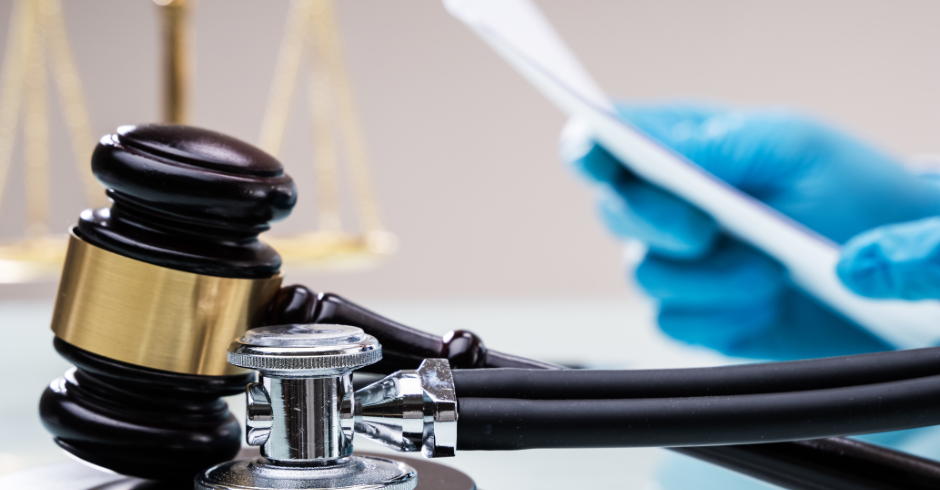Civil lawsuits are disputes between people, businesses or other entities in which one side is accusing the other of some type of harm and asking the court to decide whether he or she should be compensated. This compensation is usually a monetary award and may also include court-ordered remedial action such as re-hiring someone who has been wrongfully fired.
There are many types of lawsuits, including personal injury, product liability, civil rights, medical negligence/malpractice, workplace disputes and more. In general, they all follow the same basic steps: pleadings, discovery, trial and sometimes appeal.
Step 1: Pleadings
A lawsuit starts when a person or party, known as the “plaintiff” files a complaint with a court, describing the reasons for the lawsuit. A copy of the complaint is also delivered to the person or party they’re suing, who is known as the “defendant.”
The defendant has a certain amount of time to answer the complaint by filing their side of the dispute with the court. When answering, a defendant in a lawsuit can also file a “counter-claim” that may accuse the plaintiff of causing harm and request that they be held liable instead, or for a different related issue.
Sometimes, one party or another may ask for clarifications or corrections during the pleadings. Once both parties have filed any answers or replies, the issue is considered defined and ready for resolution.
Step 2: Discovery
Often the longest phase of a lawsuit, “discovery” involves the plaintiff and the defendant gathering information that’s relevant to the case — from each other and from third parties. Some of the things involved in the discovery phase include:
- Document exchanges: The parties can request certain documents from each other for review and possible inclusion as evidence.
- Depositions and interrogatories: These strategies involve gathering evidence from witnesses, experts and other people relevant to the case. Interrogatories are written statements that answer questions while depositions are usually video recorded interviews.
- Motions: Before the trial begins, both parties can file motions that ask the court to either rule or act on certain facts of the case. Examples of motions include requests for orders to produce or exclude documents or summary judgments (asking to have part or all of a case or defense dismissed).
Step 3: Trial
Once discovery is completed, the lawsuit moves to trial. This is the stage of a lawsuit that takes place primarily in court as both sides present evidence to support their claims (for the plaintiff) or defenses (for the defendant).
The exact procedures for a trial depends on whether it will be a bench trial which involves only a judge and no jury, or a jury trial which involves jury selection before the evidence is presented. In either case, trials begin with an opening statement, followed by arguments, witness testimony and questioning, and then ends with a closing statement.
A note on appeals: If either the plaintiff or the defendant is unsatisfied with the results of a lawsuit, he or she can file an appeal with a higher court. In general, a court hearing an appeal doesn’t override the factual findings of a trial — instead; it decides whether an error had been made during the previous trial. If the court finds there’s been a mistake, it can either reverse the original verdict or call for a new trial.
Important information about lawsuits
If you’re considering a lawsuit, you should be aware that most of them don’t go to trial. Many lawsuits are resolved through a settlement in which one side, usually the defendant, offers to pay compensation in order to avoid a court trial. Plaintiffs who work with an experienced attorney usually receive higher compensation in out-of-court settlements.





